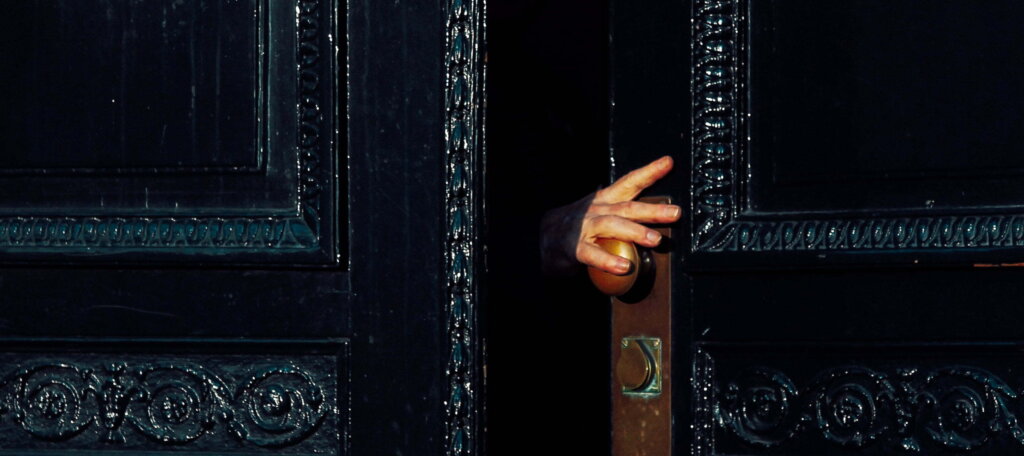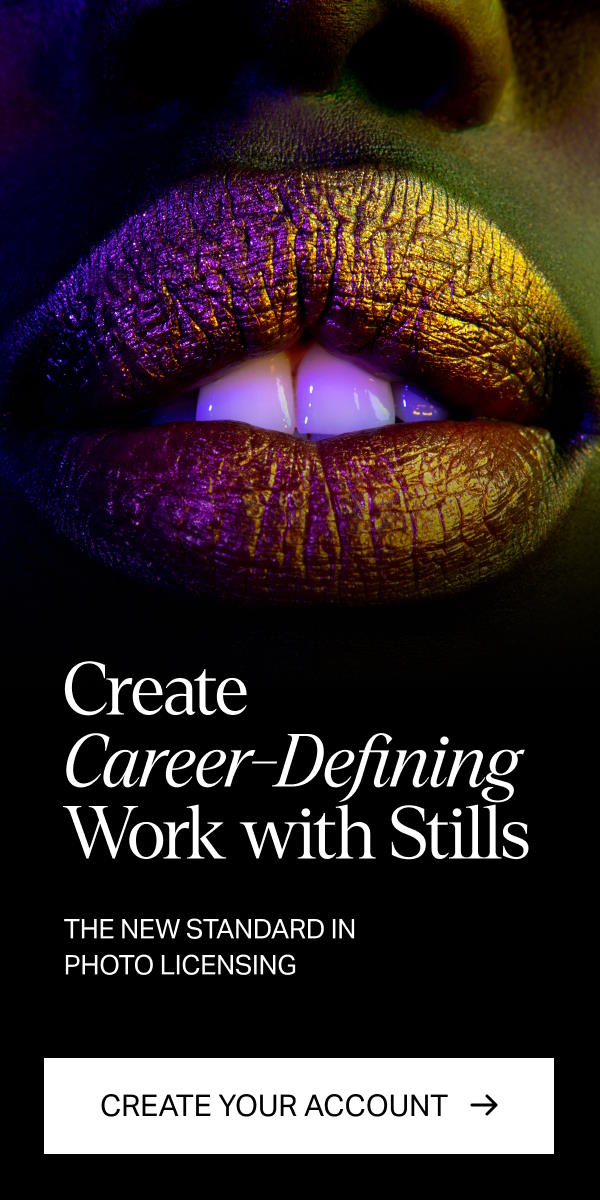There’s a very old and cliche saying, “A picture is worth a thousand words,” and in most cases, this is true. In other cases, a single image is so much louder that no words can level with it.
This used to be a thing in journalism only—captivating images of Mother Nature, gut-wrenching images of war—these things we see in the news are perfect examples of images speaking louder than words.
In modern digital media and the many aspects of it, like marketing, advertising, and such, powerful images also play a role. Pictures speak louder than words, and today’s consumerism is driven by emotions. Solid images are effective tools for communicating these emotions with your audience. It’s also an effective tool for inspiring them to take action. This is why designers and creative directors should invest more energy and resources in visual storytelling.
Because why rely on words when images can convey so much more?

The Picture Superiority Effect
The picture superiority effect is a phenomenon in which “pictures and images are more likely to be remembered than words.” There have been many research and experiments about it and the phenomenon is based on the notion that “human memory is extremely sensitive to the symbolic modality of presentation of event information.”
In other words, images tend to explain things better and in a way that’s easier to understand than words. This plays a vital role in advertising, and we’ve seen it in action time and time again. Let’s dissect these two picture superiority effect examples:
Take Coca-Cola’s Share a Coke campaign that started in 2011. The campaign was first released in Australia, where Coke removed its brand name, left parts of its logo, and changed its brand name into the 150 most popular names in Australia. Coke was already a massive brand back then, but the ad gave Coke’s consumer base this more tight-knight feel with the name, making it feel more personal. It wasn’t about a brand anymore, because of that logo change, it became about the people.
Another example is Ikea’s Second Best campaign, which broke the number one rule in advertising, which is to put the product in the spotlight. Ikea boldly decided to tell their consumers that sometimes, their products are just second best, and nothing beats the time together and human contact between children and parents. Not only is this ad done really well visually, but it also portrays the reality of what’s happening in homes between parents and children.
A survey from Venngage revealed that in 2021 and 2022, over 63% of businesses heavily relied on visuals as part of their content marketing strategy. 41% of their respondents also shared that they publish content with visuals 2-5x per week. People remember images better than words, and it’s showing marketers that these images are propelling sales.

Words vs. Pictures
Needless to say, this doesn’t mean you just slap a photo in every marketing collateral. People will remember images when they are relatable and authentic. Gone are the days when photos had to be aesthetically pleasing all the time. Today, consumers want authenticity more than anything, which is why Stills is dedicated to focusing on authentic photography that encapsulates emotions.
That is the type of image you’d want. And that is the type of image that sticks to the memory of the consumers. Forbes wrote, “Millennials and Gen Z (almost 140 million people) now prefer brands that are “real and organic” as opposed to “perfect and well-packaged.”
“The biggest win would be the move from text-heavy, long-form content to shorter, more visual content. People now have shorter attention spans, and you want content that can immediately grab audiences’ attention and keep them engaged,” shares Nathan Chan of Foundr.
Jen Adamski, Director of Marketing for Magellan Promotions wrote, “With so much content vying for our attention, it’s crucial to find ways to make your brand memorable,” adding, “Humans are wired to respond to visual stimuli. By using images and videos to tell a story, you can connect with your audience on an emotional level, making your brand more relatable and memorable.”

Do People Think in Words or Pictures?
From a psychological standpoint, images have more weight than words. People do think in pictures, mainly because if its power to make things easily understandable.
American psychologist Mark Travers Ph.D. talks about the eye-brain connection as something that shapes our decisions, including what we purchase. He points out that “recognizing this untapped power of our gaze can provide valuable insights into understanding consumer behavior and decision-making processes.”
This is to say, it’s vital for marketing and advertising companies to maximize visuals. It doesn’t just make things pretty, it’s also a tool that better communicates than words.
Pictures Speak Louder Than Words
So, words vs pictures, do pictures speak louder than words?
Let’s go back to Ikea’s Second Best campaign—why is that campaign so significant? Aside from the fact that Ikea chose not to put their products in the spotlight, they put something more important in it—parent-child moments. They basically told the public that nothing is better than spending time with your kids, whether feeding them or helping them brush their teeth. We already know this, but seeing it in an ad only makes consumers appreciate that brand more. Because of the authentic, relatable images.
Job portal PNet.co.za also nailed their visuals when they published a series that proves images speak louder than words. Their print ad campaign visually depicted the feelings of people unhappy with their jobs. It’s common for people to find themselves unhappy at their workplace, but it’s not always easy to put it into words. You can keep saying, “I hate my job,” but how does that look like, really? This print ad shows it perfectly.
KFC’s chicken crisis in 2018 was a great chance for creative directors to showcase sympathy. Part of the ad, KFC wrote, “A chicken restaurant without any chicken. It’s not ideal. Huge apologies to our customers,” which is not bad for words. But the folks who designed the FKC ad showed that the brand sympathizes, is apologetic, and, like their customers, also unhappy that they don’t have chicken. It’s like KFC is saying, “yeah, we feel you.”
How do you select powerful images to incorporate into your brand’s visual efforts?
- Seek authenticity – nothing beats authenticity. Beyond the pretty lighting and cute props, this is what every designer, marketer, creative director should look for.
- Diversity – another important aspect is diversity. Chances are, your consumer base is not focused on Caucasian people. Which is to say, your visuals shouldn’t too. Make it as inclusive as possible.
- Storytelling – Choose images that have solid storytelling. Images that evoke emotions. Loud, popping colors are great, but nothing beats good composition that tells a story.
- Images that break the rules – Think about Ikea. Thing is, most images that break the rules are images that captivate people.
- Representative – Authentic images that showcase good storytelling matter, as does representation. Whether you’re working with a photographer or shuffling through thousands of photos in Stills, you’d want to have images that represent your brand.

The Power of Images
There was a point when uniqueness was the resounding theme in marketing and advertising. Creative directors lead their teams to produce unique TV ads and posters. Today, the market has changed a lot. Images speak louder than words, and today’s consumers shop based on how they feel when they see a social media post or ad from the brand.
From how journalists educate and deliver hard-hitting news through powerful images, to visual artists pushing the boundaries of art by challenging the norm and decades-old rules, powerful images are also making waves of changes in marketing. It is forcing creative teams to think beyond the rules they used to follow, step into the wild side, and develop ways to incorporate striking visuals into their marketing and advertising efforts.
Why is this shift happening? Because companies are seeing the impact of powerful images—it does help increase profit.
Tired of using bleak stock images?
Try Stills, a photo licensing platform for exceptional designers.
The New Standard in Photo Licensing
Final Thoughts
Words matter, for sure. You are reading this because words matter. However, we cannot erase the fact that images and photography can sometimes have more weight than words. This is the reason why creative directors are leading their teams to produce more image-heavy marketing materials. This is the reason why organizations continue to study the relationship between images and consumerism. This is the reason why stock photography is still a booming business. Do people think in words or pictures? Short answer is yes.
The demand for quality images rooted in authenticity, diversity, and story is on a high. And Stills is dedicated to meeting that demand with work from amazing photographers and showcasing only highly curated visuals. Question now is, are you ready to step into the wild side and dare to test the power of images?
License the cover image via Elliot Simpson






